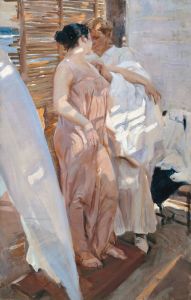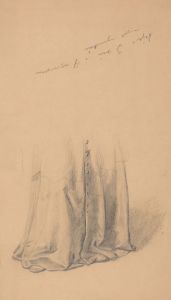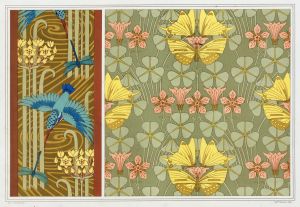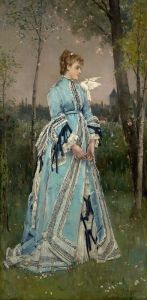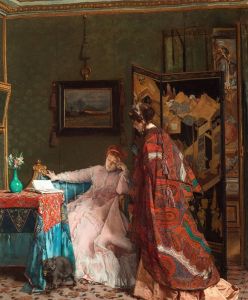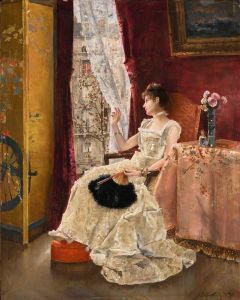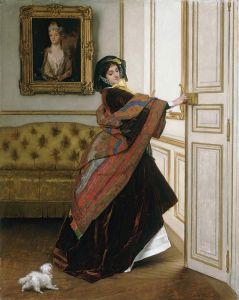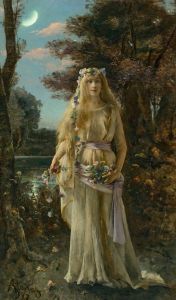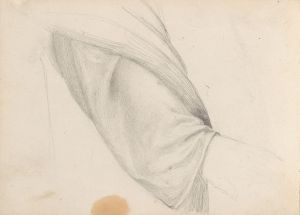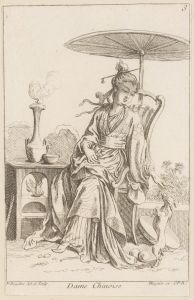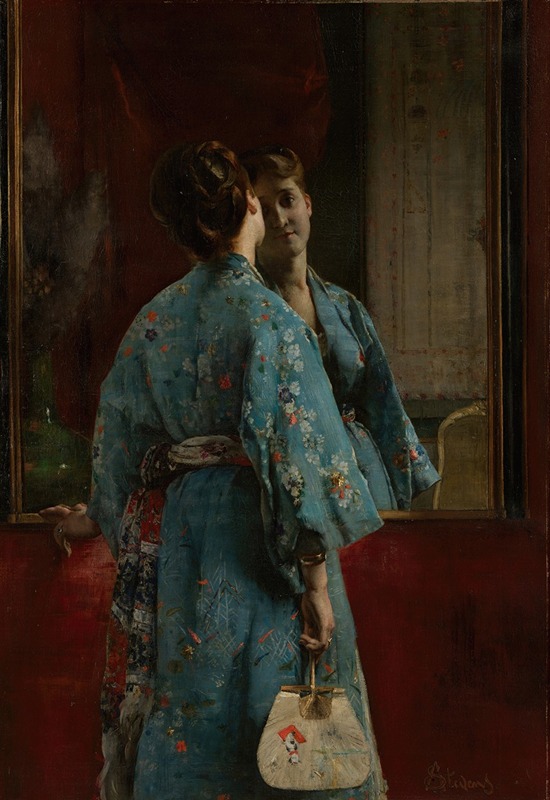
The Japanese Robe
A hand-painted replica of Alfred Stevens’s masterpiece The Japanese Robe, meticulously crafted by professional artists to capture the true essence of the original. Each piece is created with museum-quality canvas and rare mineral pigments, carefully painted by experienced artists with delicate brushstrokes and rich, layered colors to perfectly recreate the texture of the original artwork. Unlike machine-printed reproductions, this hand-painted version brings the painting to life, infused with the artist’s emotions and skill in every stroke. Whether for personal collection or home decoration, it instantly elevates the artistic atmosphere of any space.
Alfred Stevens, a Belgian painter known for his exquisite portrayal of women and interiors, created "The Japanese Robe" during the late 19th century. This painting exemplifies Stevens' fascination with Japonisme, a trend that swept through Europe in the latter half of the 19th century, characterized by the influence of Japanese art and design on Western artists. The work is a testament to Stevens' ability to blend realism with the exotic allure of Eastern aesthetics.
"The Japanese Robe" features a woman adorned in a richly decorated kimono, a garment that symbolizes the Western fascination with Japanese culture during this period. The kimono, with its intricate patterns and vibrant colors, is a focal point of the painting, highlighting Stevens' attention to detail and his skill in rendering textures and fabrics. The woman's serene expression and graceful pose add to the painting's elegance, inviting viewers to appreciate the beauty and tranquility of the scene.
Stevens was renowned for his ability to capture the subtleties of light and shadow, and "The Japanese Robe" is no exception. The play of light across the fabric of the kimono and the woman's skin creates a sense of depth and realism, drawing the viewer into the intimate setting. This mastery of light is a hallmark of Stevens' work, reflecting his academic training and his keen observational skills.
The setting of the painting is equally important, as it reflects the interior spaces that Stevens often depicted in his work. The room is adorned with various objects that suggest a blend of Western and Eastern influences, such as decorative screens, vases, and other furnishings. These elements not only enhance the visual appeal of the painting but also provide context for the cultural exchange that characterized the era.
Alfred Stevens was part of a broader movement of artists who were captivated by the art and culture of Japan, which had recently opened its borders to the West after centuries of isolation. This fascination was fueled by the availability of Japanese prints, textiles, and other decorative arts that began to circulate in Europe. Artists like Stevens were inspired by the simplicity, asymmetry, and bold use of color found in Japanese art, which contrasted with the more rigid and formal styles prevalent in Europe at the time.
"The Japanese Robe" is a reflection of Stevens' ability to synthesize these influences into his own unique style. While he embraced the exoticism of Japanese motifs, he maintained a commitment to realism and the depiction of contemporary life. This balance is evident in the painting, where the exotic and the familiar coexist harmoniously.
Stevens' work, including "The Japanese Robe," was well-received during his lifetime, earning him recognition and acclaim. His paintings were exhibited widely, and he was celebrated for his ability to capture the elegance and sophistication of his subjects. Today, "The Japanese Robe" continues to be appreciated for its artistic merit and its representation of a pivotal moment in art history when East met West in a dialogue that enriched both cultures.





